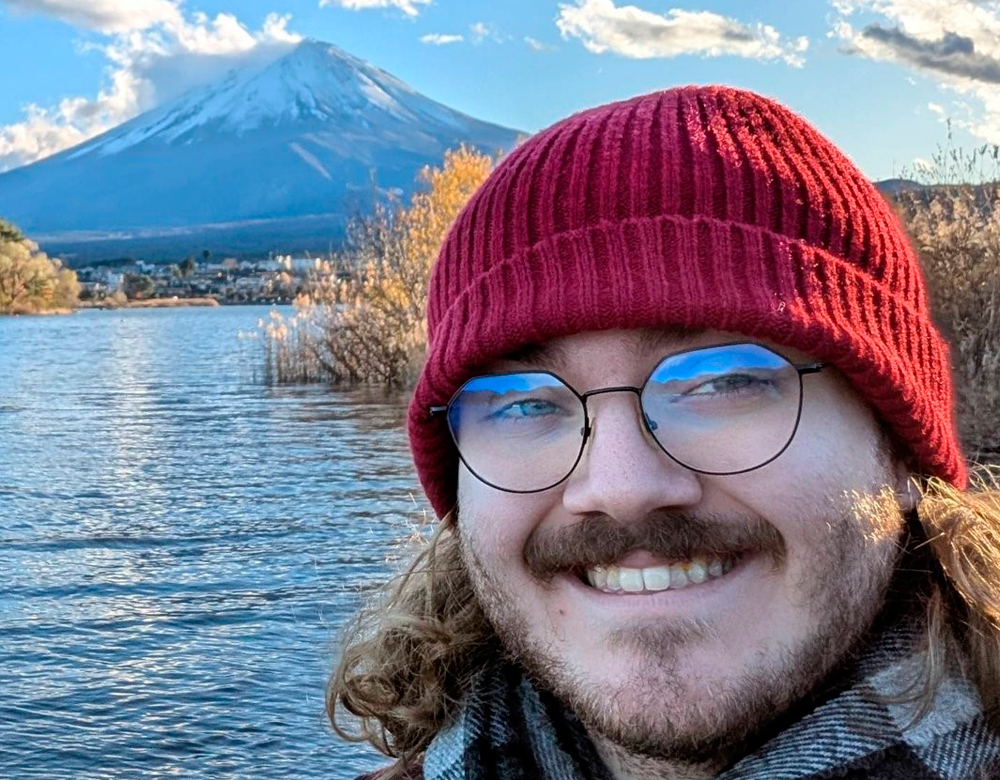Project Statement
Through these photos I hoped to capture some of the many charms of Sado Island in the Sea of Japan, where I had the pleasure of staying for three weeks in early September, during the rice harvest. Sado is sometimes called the ‘Island of Exiles’ – Emperor Juntoku, the Buddhist monk Nichiren (who founded the sect of the same name), and the renowned playwright Zeami are just some of the historical figures to have been exiled there. But the richness of Sado’s culture goes beyond the mainlanders who’ve found themselves there. Leaving humans aside, it’s home to the Toki bird (scientific name: Nipponia Nippon), its wings a beautiful orange-pink in the sun. The birds nearly went extinct but were saved by heavy conservation efforts, and today the people of Sado live happily alongside them, the Toki feeding on discarded rice during the harvest.
Sado’s mountains are uniquely covered in rice-fields, in part a result of gold mining on the island. Centuries before Sado became home to Japan’s second most productive gold and silver mine, its people were creating mountain streams to wash gold out of the soil for panning; these streams later became irrigation for rice fields, even high in the mountains.
The people of Sado are ‘sutoreeto’ – straight, as many of them put it. They speak without the complicated grammars of politeness that you find elsewhere in Japan, as if even strangers are already their friends and fair game for banter. People born on Sado are deeply proud of the island and its culture, and have worked hard to preserve it so that future generations can ride in tub-shaped taraibune, dance to the okesa folk song, watch Sado’s own type of puppet plays, or experience onidaiko, taiko drumming enlivened even more with the addition of an oni, a protective demon. On an already small island, every neighbourhood has its own version of such traditions, which many islanders can distinguish at a glance.
Unfortunately, with young people leaving Sado for opportunities elsewhere and a birth-rate too low to replace them, the population is aging and so is the built environment. All over Sado are abandoned shrines and temples, collapsing houses, and structures completely overtaken by moss and vines. Many people work past retirement age to make up for labour shortages, and while some non-Japanese volunteer as caretakers at religious sites, one gets the impression that tourism to Sado, little further from Tokyo than Kyoto or Osaka, doesn’t bring in enough funds to keep historical and cultural sites in good shape.
That’s why, I suppose, I’m submitting these photos. They offer the smallest taste of Sado’s truly stunning sights and fascinating rural culture, but I hope that they inspire even one person to visit Sado who otherwise wouldn’t have. I feel like I owe that to Sado, and its wonderful people.


0 comments on “Zachary Fairbrother”